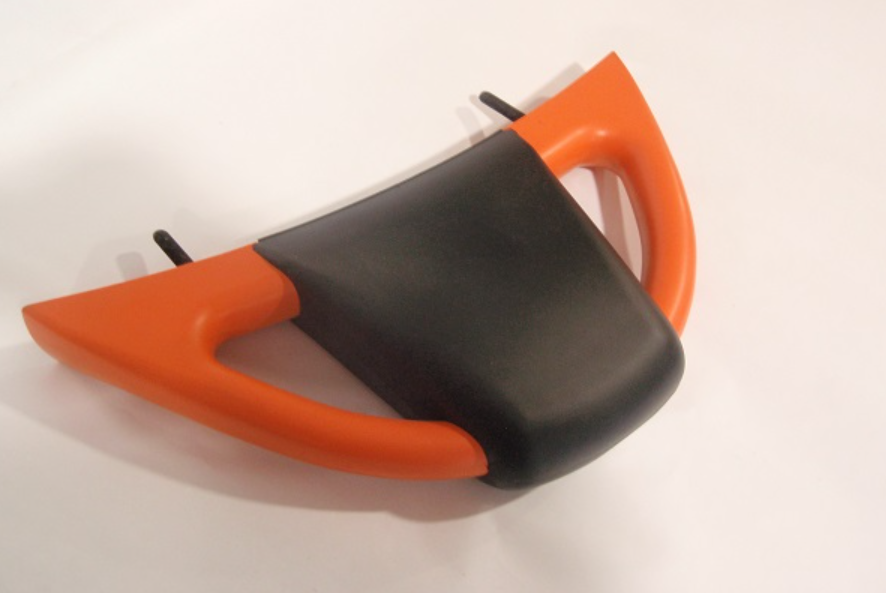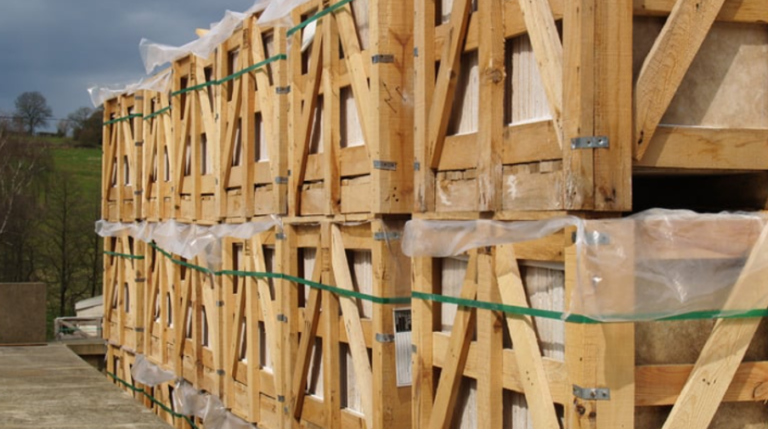Revolutionising Foam Moulding: The Future of Polyurethane Foam
1. Introduction: What is Foam Moulding?
In today’s manufacturing landscape, foam moulding has become an essential process in creating durable, lightweight, and versatile components for a wide range of industries. One of the most innovative materials used in this process is polyurethane foam, particularly in the form of integral skin or self-skin moulding. Known for its dual-layer structure — a soft yet strong core with a resilient outer skin — polyurethane foam offers unparalleled benefits in both form and function. At the forefront of this technology is Acoustafoam, a company that brings over 36 years of expertise in polyurethane moulding and acoustic solutions.
2. The Process Behind Polyurethane Foam Moulding
Foam moulding begins with a precisely controlled chemical reaction. Two components are mixed and poured into a mould, where they expand, cure, and form a solid structure. In integral skin moulding, a unique self-forming outer layer is developed during curing. This outer “skin” is tough, tear-resistant, and protects the micro-cellular foam core beneath, which can be fine-tuned for different hardness levels ranging from 30 to 90 Shore A.
To add aesthetic value and functionality, Acoustafoam uses chemically etched moulds that give the product a textured finish — even replicating leather-like surfaces. Inserts made from metal, wood, or plastic can also be added during the moulding phase, increasing product strength and allowing for more complex designs.
See also: The Role of Professional Electrical Installation in Telford
3. Key Benefits of Foam Moulding and Polyurethane Foam
3.1 Versatility in Design
Polyurethane foam can be moulded into almost any shape or texture, which makes it suitable for products across industries such as automotive, marine, furniture, and construction.
3.2 Durability
Thanks to the integral skin, products made with foam moulding are resistant to wear, scratches, and abrasions. UV-stable coatings can also be applied to resist fading and ageing caused by sunlight.
3.3 Customisation
From colour variations to hardness adjustments, and the integration of different support structures, every product can be tailored to specific customer needs.
3.4 Comfort and Safety
Many applications — from seating components to grab handles — rely on the cushioning and shock-absorbing properties of polyurethane foam to enhance user comfort and reduce fatigue or injury.
4. Applications of Polyurethane Foam Moulding
Acoustafoam’s polyurethane foam mouldings are used in an array of everyday and industrial products. These include:
- Automotive: gear knobs, armrests, headrests, steering wheels.
- Furniture: decorative trims, padding, and structural components.
- Medical: hygienic and ergonomic support items with antibacterial coatings.
- Gaming and Office Equipment: handles, seating, and safety covers.
- Marine and Rail: weather-resistant and UV-stable foam solutions.
Their products support industries like public transport, domestic goods, HVAC, power generation, construction equipment, and more.
5. The Science Behind the Material: Why Polyurethane Foam?
The material properties of polyurethane foam make it ideal for moulding. It is lightweight yet strong, flexible yet supportive, and resistant to environmental damage. It also provides excellent acoustic and thermal insulation, making it valuable for soundproofing and energy efficiency in building applications.
Additionally, foam moulding allows for batch production at different volumes using resin, aluminium, or steel moulds — accommodating everything from prototyping to mass manufacturing.
6. Beyond Moulding: Acoustic Performance and Multi-Functionality
While foam moulding is often associated with physical comfort and protection, Acoustafoam also utilises its polyurethane foams for acoustic solutions. The company is well-known for providing acoustic foam panels and enclosures designed to absorb sound and reduce noise pollution in environments like factories, theatres, offices, and gyms.
These foam products are engineered for mid- to high-frequency sound absorption, making them effective for echo control, speech clarity, and overall noise management. However, while acoustic foam helps reduce reflections within a room, it should be paired with other materials for complete soundproofing.
7. Quality Assurance and Technical Expertise
Acoustafoam’s success lies in its commitment to quality and innovation. Their manufacturing processes are guided by ISO 9001:2015 standards, and every phase — from tool design and material control to curing, trimming, and inspection — is meticulously managed.
Customers benefit from:
- Rapid prototyping and sampling.
- CAD-supported design input.
- In-house and client-supplied acoustic testing.
- Customised solutions with antibacterial, UV-resistant, and fire-retardant options.
This approach ensures that every foam moulding project meets or exceeds expectations.
8. Industries Benefiting from Foam Moulding Innovations
The reach of polyurethane foam moulding extends into nearly every modern sector:
- Automotive & Rail: Noise control, ergonomic seating, safety trims.
- Marine & Boats: UV-resistant foams for outdoor exposure.
- Construction Equipment: Durable and impact-resistant components.
- Medical: Safe, washable, and anti-microbial surfaces.
- Consumer Electronics: Shock-resistant and decorative enclosures.
With advanced tooling and flexible production capabilities, Acoustafoam is equipped to meet the specific demands of each industry.
9. Future Trends in Foam Moulding
The foam moulding industry continues to evolve, with trends like sustainability, automation, and multi-material integration taking centre stage. Acoustafoam is ahead of the curve, already incorporating recyclable materials, robotic moulding technologies, and hybrid component designs that combine multiple functionalities in a single product.
As consumer and industrial needs shift towards more ergonomic, efficient, and eco-friendly solutions, foam moulding is set to play an even more significant role.
10. Conclusion
Foam moulding, especially using polyurethane foam, offers an incredibly versatile, durable, and cost-effective solution for modern manufacturing challenges. Whether it’s delivering comfort in a car seat, enhancing the sound quality in a home theatre, or adding strength to a steering wheel, polyurethane foam products manufactured by Acoustafoam stand at the intersection of design innovation and practical functionality.
With a robust quality management system, decades of experience, and a dedication to customer satisfaction, Acoustafoam continues to lead the way in foam moulding excellence — offering tailored solutions for industries across the globe.






